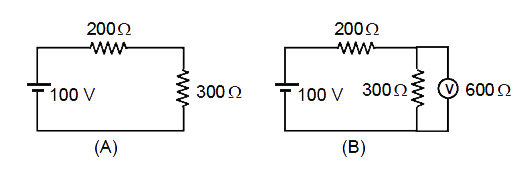In the arrangement, 11 wires each of resistance 5Ω are used as sides of cube. A potential difference of 70 V is maintained between corners A and B of cube. 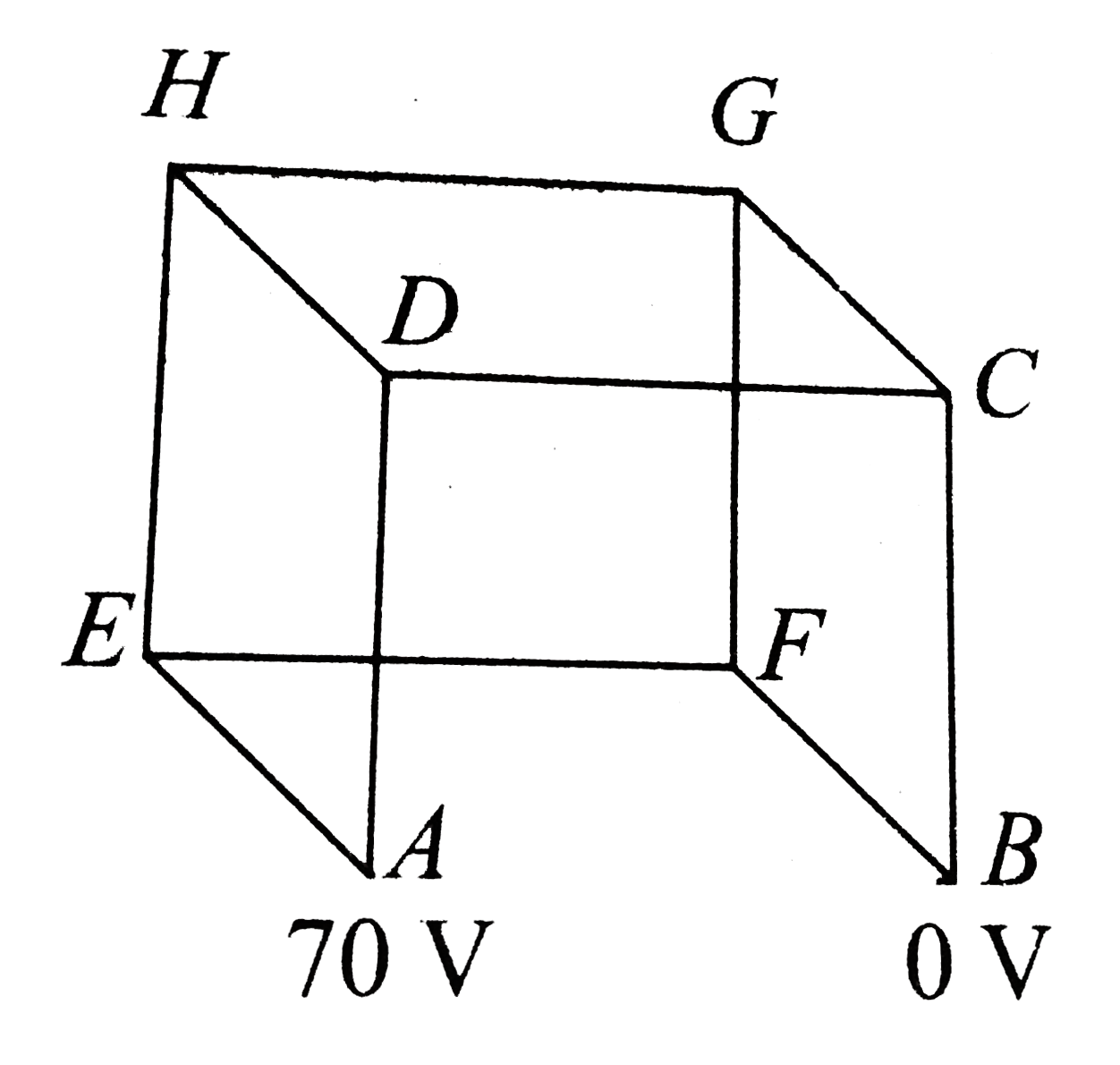
Potential of junciton G is
30V
40V
20V
35V
The correct Answer is:A
The equivalent circuit diagram is as shwn.
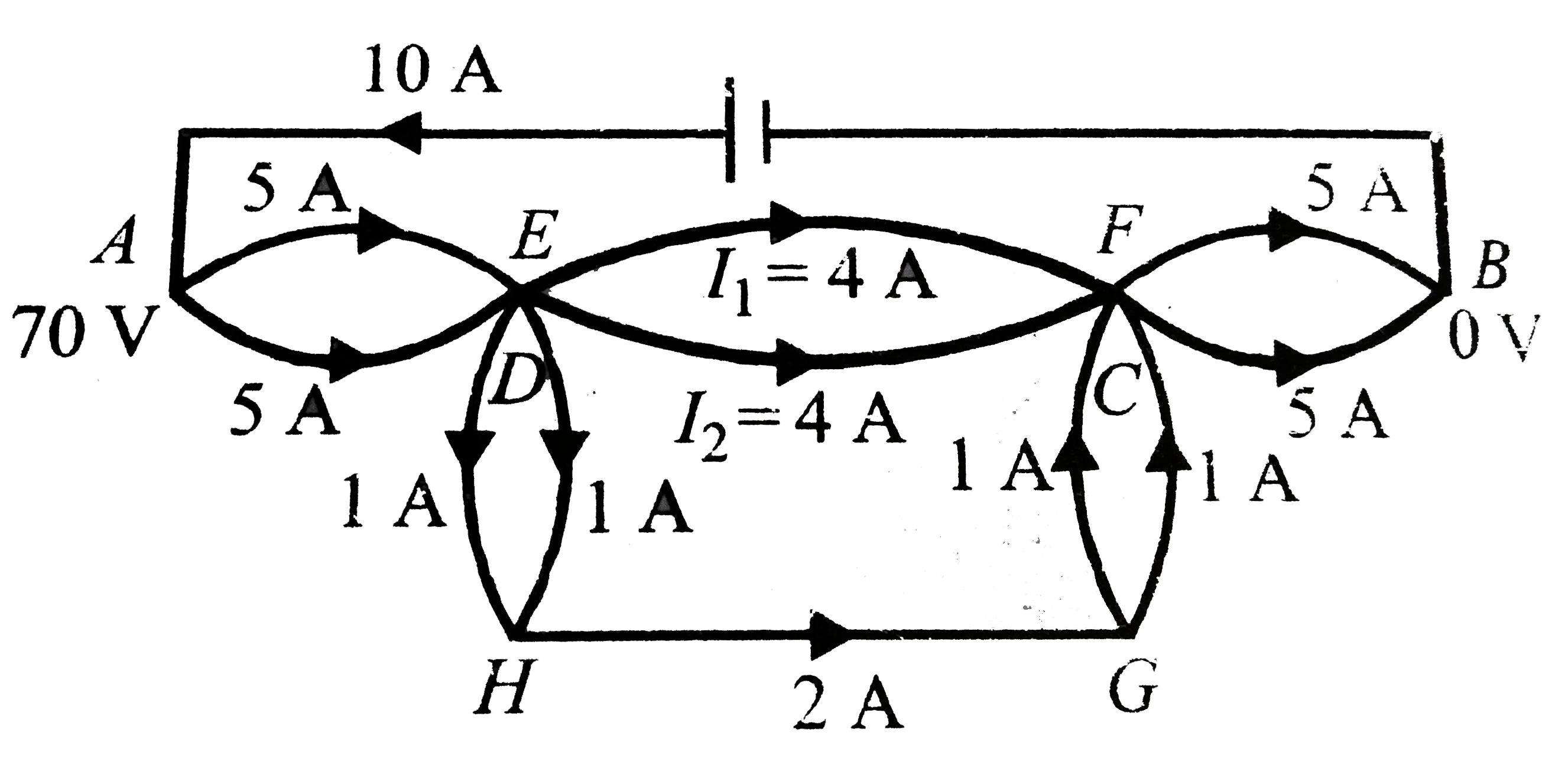
RAB=7r5orI=5V7r=5×707×5=10A
Topper's Solved these Questions
- ELECTRIC CURRENT AND CIRCUITBOOK - CENGAGE PHYSICSCHAPTER - ELECTRIC CURRENT AND CIRCUITEXERCISE - Interger
8 Videos
- ELECTRIC CURRENT AND CIRCUITBOOK - CENGAGE PHYSICSCHAPTER - ELECTRIC CURRENT AND CIRCUITEXERCISE - Multiple Correct
16 Videos
- ELECTRIC CURRENT & CIRCUITSBOOK - CENGAGE PHYSICSCHAPTER - ELECTRIC CURRENT & CIRCUITSEXERCISE - Kirchhoff s law and simple circuits
15 Videos
- ELECTRIC FLUX AND GAUSS LAWBOOK - CENGAGE PHYSICSCHAPTER - ELECTRIC FLUX AND GAUSS LAWEXERCISE - MCQ s
38 Videos
Similar Questions
Knowledge Check
In the arrangement, 11 wires each of resistance 5Ω are used as sides of cube. A potential difference of 70 V is maintained between corners A and B of cube.

Current flowing in wire HG isA4AB2AC5AD10AIn the arrangement, 11 wires each of resistance 5Ω are used as sides of cube. A potential difference of 70 V is maintained between corners A and B of cube.
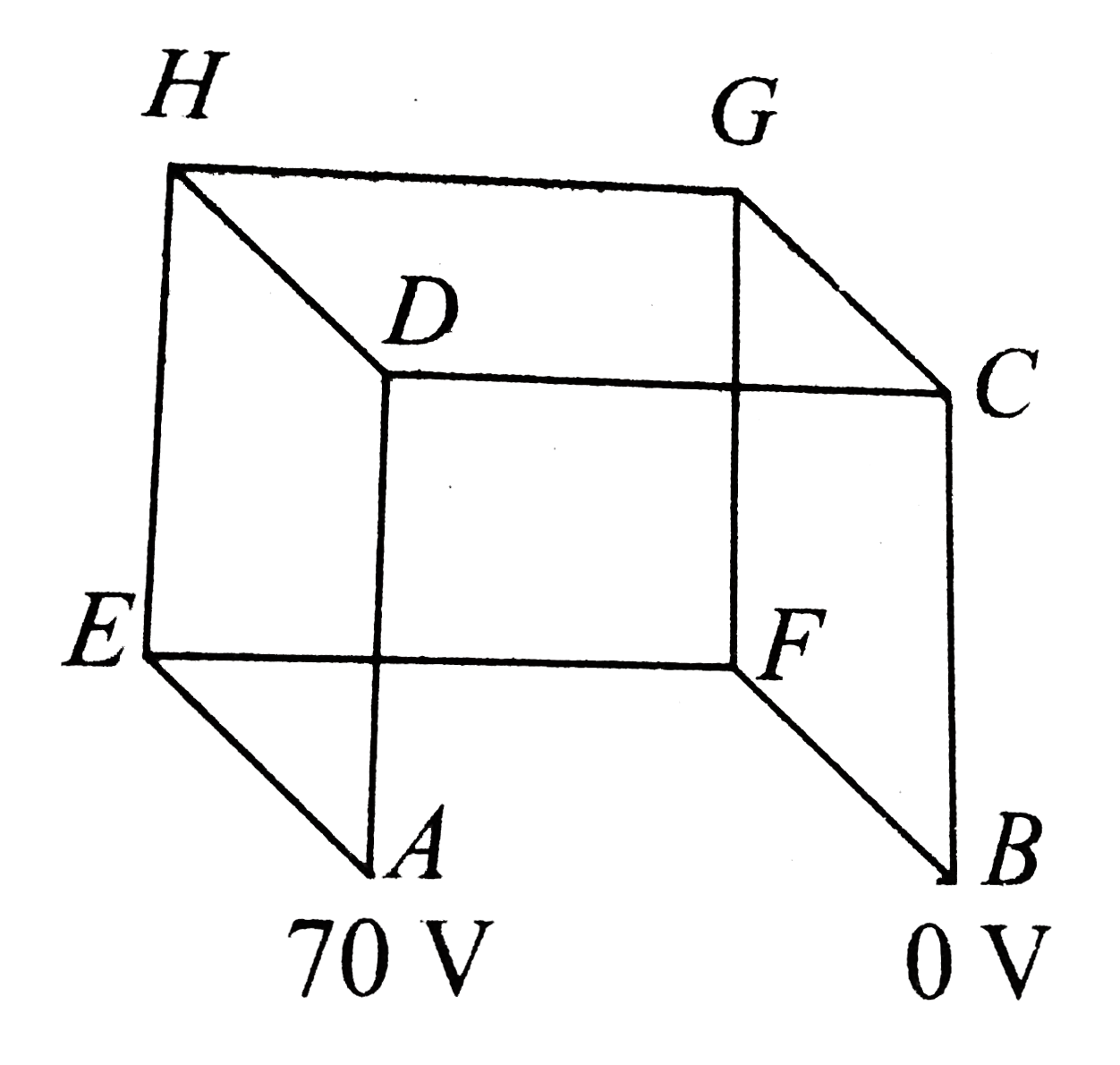
Current flowing in wire Ef isA4AB2AC5AD10ACalculate the amount of charge flowing in 2 minutes in a wire of resistance 10Ω when a potential difference of 20 V is applied between its ends
A120CB240CC20CD4C
Twelve identical wires each of resistance 6Ω are joined to from a skeleton cube. Find the resistance between the current of the same edge of the cube
View SolutionCalculate the amount of charge flowing in 2 minutes in a wire of resistance 10Ω when a potential difference of 20 V is applied between its ends
View SolutionTwelve equal wires each of resistance rΩ form a cube. The effective resistance between the corners of the same edge of the cube is
View SolutionTwelve wires, each of resistance 6Ω are connected to form a cube. The effective resistance between two diagonally opposite corners of the cube is
View SolutionIn the arrangement of resistances shown in the circuit. The potential difference between points B and D will be zero, when the unknown resistance X is:-
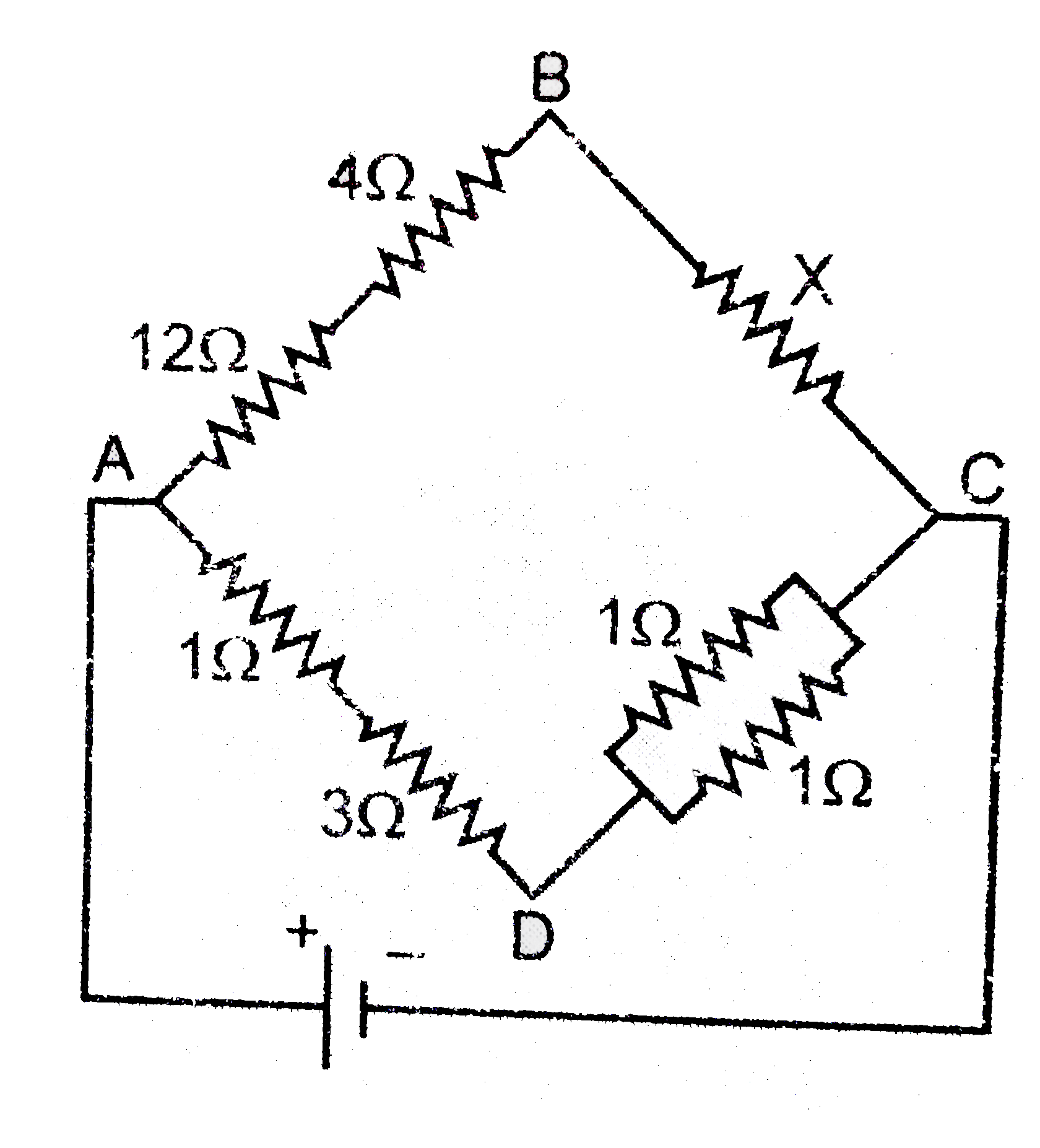
View Solution

